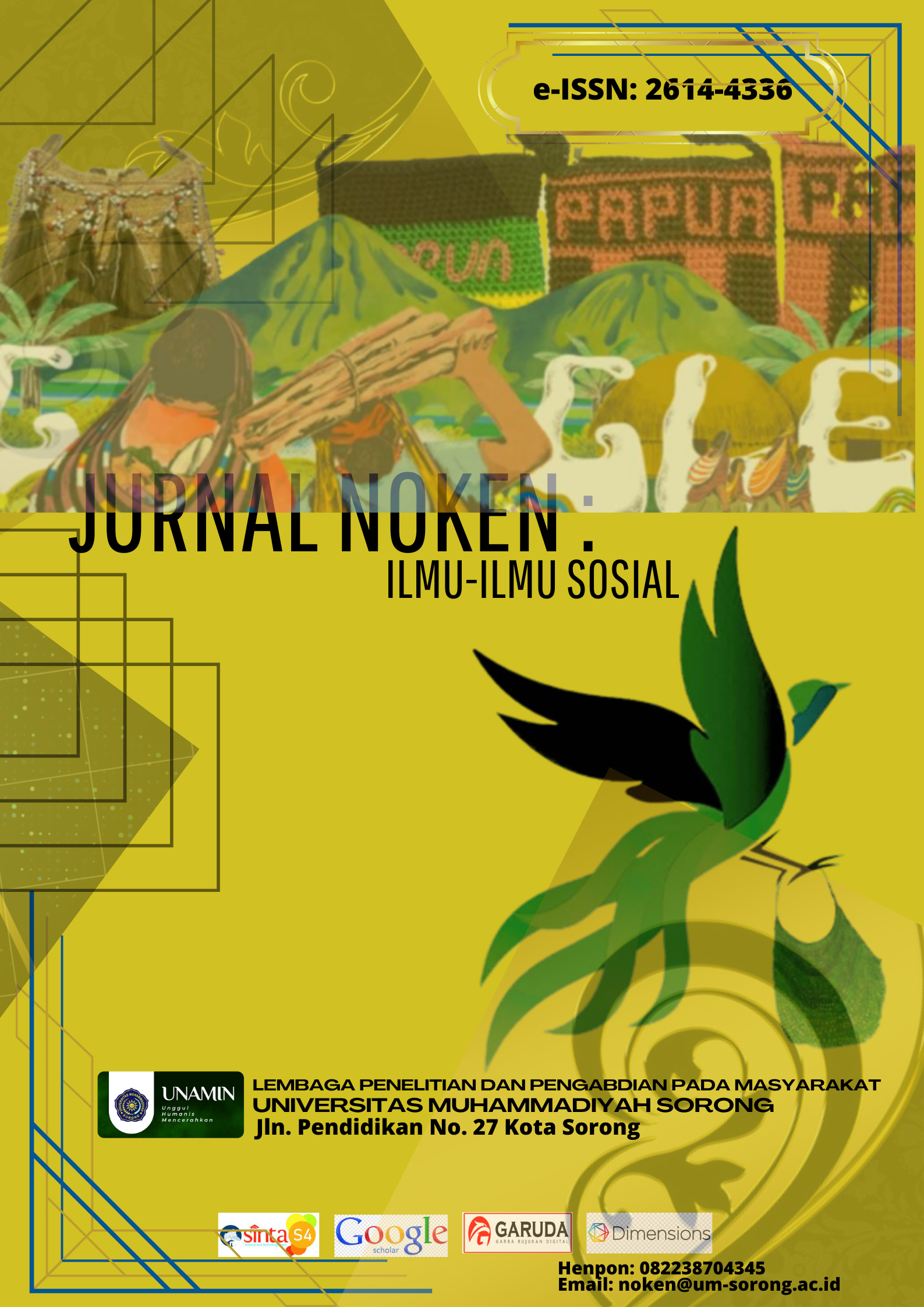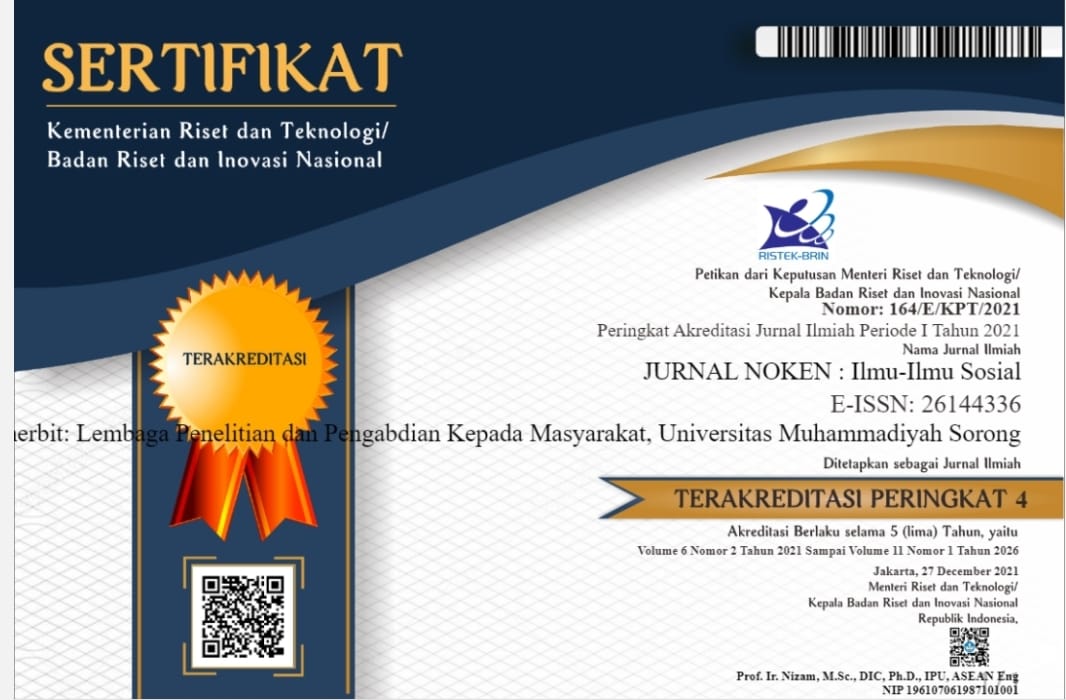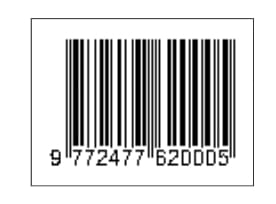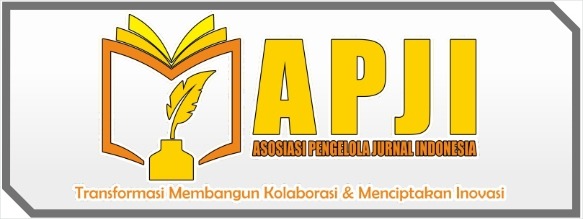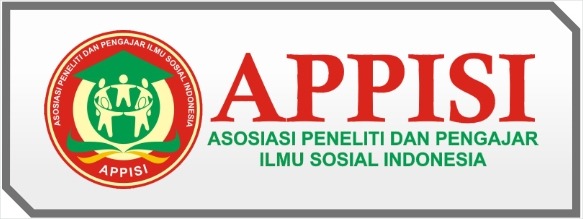Bentuk Sarkasme dalam Media Sosial Tik Tok
DOI:
https://doi.org/10.33506/jn.v9i1.2471Keywords:
Sarcasm, Comments From Netizens, Social Media Tik TokAbstract
This article or article aims to describe the form of using sarcasm in social media Tik Tok. The problem is focused on the form of using sarcasm on social media Tik Tok. In order to approach this problem, Gorys Keraf's theoretical references are used regarding language style, sarcasm and its form and function. The data were collected through documentation and note-taking techniques and then analyzed qualitatively. This study concludes that the results of the study show that there are 50 data on the use of sarcasm language which are categorized into trait sarcasm, action sarcasm, action result sarcasm, appeal sarcasm and designation sarcasm. The use of sarcasm language found is words in groups of words that have aggressive meanings, are satirical, contain ridicule, and the use of titles or titles for people without maximizing respect let alone demeaning and insulting the interlocutor is a characteristic of the opinions left by netizens on the platform Tik Tok social media.
References
Afiya, F., Ardiati, R. L., Amelia, R. M., & Sunarni, N. (2022). Pelanggaran Prinsip Kerja Sama pada Konten Kery Astina Di Tik Tok: Kajian Pragmatik.Metahumaniora,12(2),204.https://doi.org/10.24198/metahumaniora.
Ardhianti, M. (2022a). Tuturan yang berdampak hukum ditinjau dari elemen dan fungsi konteks kultural di media sosial Tik-Tok Indonesia (Speech with legal implications reviewed from elements and functions of cultural contexts Data Kementerian Komunikasi dan Informatika menyebut. 8(1), 143–159.
Inderasari & Achsani, L. (2018). Bahasa Sarkasme Netizen dalam Komentar Akun Instagram Lambe Turah. Sematik, 7(1), 1–13.
Inderasari, E., Achsani, F., & Lestari, B. (2019). Bahasa Sarkasme Netizen dalam Komentar Akun Instagram "Lambe Turah". 8(1), 2252–4657.
Keraf, Gorys (2010). Diksi dan Gaya Bahasa. Jakarta. PT Gramedia.
Kyrie Eleison Wuwungam, (2022). Pemanfaatan Media Sosial Tiktok Sebagai Sarana Edukasi bagi Mahasiswa. Metahumaniora : Jurnal Bahasa Sastra dan Budaya.
Lutfiyani Siska dkk, (2021). Sarkasme pada Media Sosial Twitter dan Implikasinya terhadap Pembelajaran Bahasa Indonesia di SMA. Tabasa: Jurnal Bahasa, Sastra Indonesia, dan Pengajarannya.
Mahmudah, (2017). Sarkasme Judul Berita Surat Kabar Nasional. Retorika Jurnal Bahasa Sastra dan Pengajarannya.
Miles, M. & Huberman, M. (2014) Qualitative Data Analisis (A Methods Sourcebook. Singapore. Sage Publications Ltd.
Nafinuddin Surianti (2005) Majas (Majas Perbandingan, Majas Pertentangan, Majas Perulangan, Majas Pertautan). Jurnal
Ranti, J., Cahyo, A. N., Apri, T., Manullang, A., & Isnan, M. (2020). Analisis Penggunaan Gaya Bahasa Sarkasme pada Lagu. Asas: Jurnal Sastra.
Serli Yanti Lase, H., Markus Perangin Angin, J., & Sartika, L. (2021). Penggunaan Gaya Bahasa Sarkasme pada Lirik Lagu Enau: Berjudul “Negara Lucu”:Kajian Semantik (Use of Sascasm Style in Enau Song Lyrics Titled “Negara Lucu” : Semantic Study). In Jurnal Lingue: Bahasa, Budaya, dan Sastra (Vol. 3, Issue 1).
Siswono. (2012). Teori dan Praktik ( Diksi, Gaya Bahasa, dan Pencitraan) (1st ed.). Yogyakarta: CV Budi Utama.
Wahyu Nugroho, M., & Mulyadi Nugraha, D. (2021). Pemanfaatan Media Sosial TikTok Sebagai Sarana Penguatan Identitas Nasional di Era Pandemi. In AoEJ: Academy of Education Journal (Vol. 12).
Wibowo, T. (2021). Studi Penetrasi Aplikasi Media Sosial Tik-Tok Sebagai Media Pemasaran Digital: Studi Kasus Kota Batam (Vol. 1, Issue 1). https://journal.uib.ac.id/index.php/conescintech.
Downloads
Published
How to Cite
Issue
Section
License
Copyright (c) 2023 Irma Sari, Abdul Rahman Rahim, Andi Paida

This work is licensed under a Creative Commons Attribution-ShareAlike 4.0 International License.

